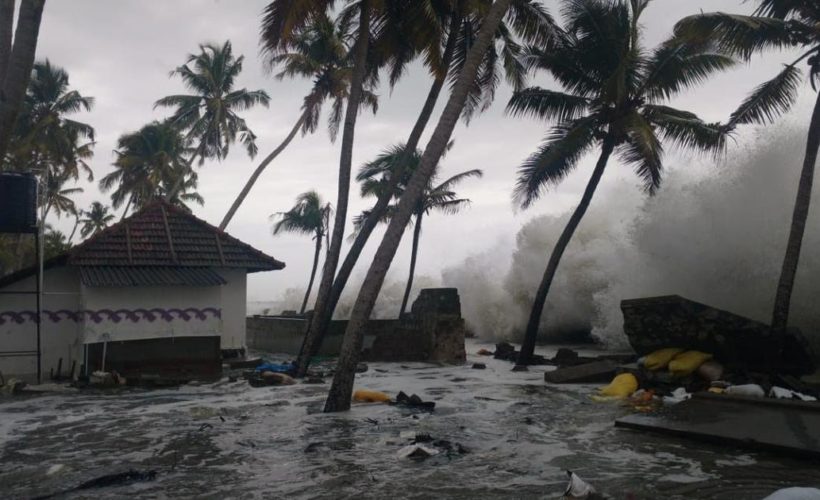
The Kerala floods could materially affect the unsecured lending (microfinance institutions), SME businesses and the state’s agriculture output, resulting in higher loan slippages and insurance claims, says India Ratings and Research (Ind-Ra). While Kerala has 14 districts and the coastal districts have been relatively unaffected with the recent event, eight districts comprising 56% of state population have suffered major losses.
Ind-Ra believes while delinquencies would shoot up across below-mentioned segments in the short term, actual haircuts are likely to vary depending on asset classes. Additionally, as the state gets back to normalcy, some of the segments could see a sharp spike in credit demand.
Many regional commercial banks would be affected due to their legacy state exposure towards SME and agri, where loan slippages could materially increase till the borrowers’ cash flows normalise. Large regional banks such as The Federal Bank Ltd and The South Indian Bank Limited could witness an immediate increase of 20%-25% in gross NPL. Gold financiers would particularly be impacted and could see higher auctioning post moratorium as their borrowers largely depend on agricultural activities for servicing loans. However, lending against gold is likely to witness higher growth in the near term where demand would flow in for a higher ticket size category, largely where customers would borrow for a short term for refurbishment.
Microfinance Institutions’ exposure to the state stood around INR21 billion with PAR30 at 2.7% in FY18. Post this event, there could be a spike in PAR30 number for the eight players operating in Kerala geography, where portfolio behaviour would remain vulnerable, largely due to the loss of livelihood for many borrowers in the affected districts.
Federal Bank and South Indian Bank have sufficient profitability buffers to absorb incremental credit cost arising from this event. Gold financiers rated by Ind-Ra have exposure to tune of 25% of advances to the state; these companies however have strong capital buffers to cushion the credit impact. Microfinance players would face a higher impact and Ind-Ra will decide on any rating action based on the expected impact on profitability and capital buffers.


